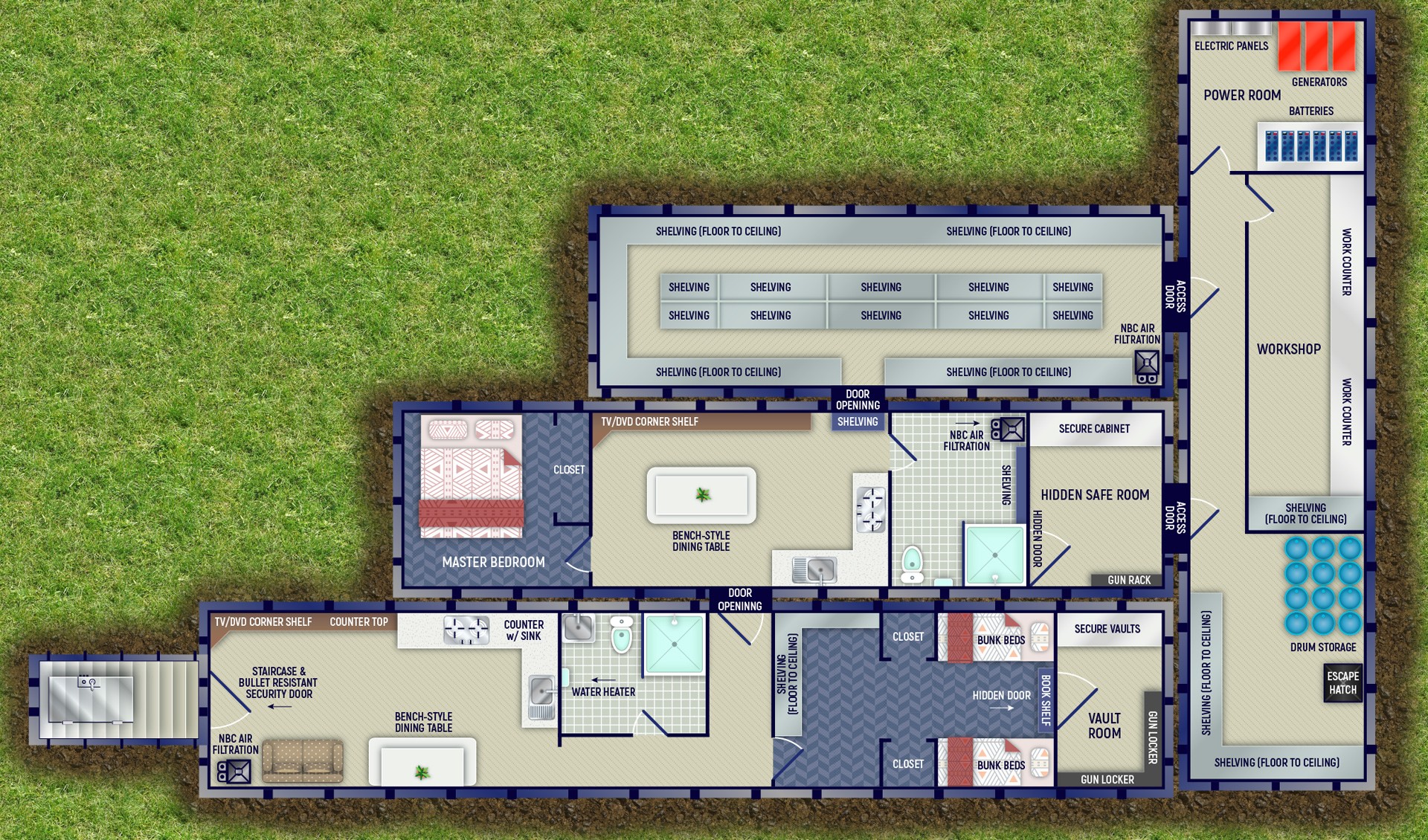

President Kennedy introduced the plan in a speech delivered before a joint session of Congress on May 25, 1961:

Civil defense efforts turned toward dedicated group fallout (bomb) shelters-in schools and private buildings-bolstered by a $200 million appropriation from the Kennedy administration for construction of public facilities.

Officials scrapped the evacuation plans after realizing Soviet ICBMs would reach targets in the US far too quickly to move millions of people out of cities. It’s hard to understand the palpable fear among US citizens after the Soviets’ successful 1957 intercontinental ballistic missile (ICBM) launch. Civil defense leaders based this plan on the belief that ground observers and military radar would detect Soviet planes in time for people to evacuate. The government created evacuation plans for the residents of major US cities, who in the event of a Soviet attack, would evacuate. Tensions between the US and Soviet Union grew from, among other things, the Soviet blockade of Berlin in 1948 and the 1950 start of the Korean war.įears of nuclear war escalated in the early ’50s after successful tests of the exponentially more powerful hydrogen bomb by both the United States and the Soviet Union. The Cold War, according to most historians, started in 1945 following the end of World War II. Editor’s note: This article first appeared in the author’s blog, Saint Paul by Bike.


 0 kommentar(er)
0 kommentar(er)
